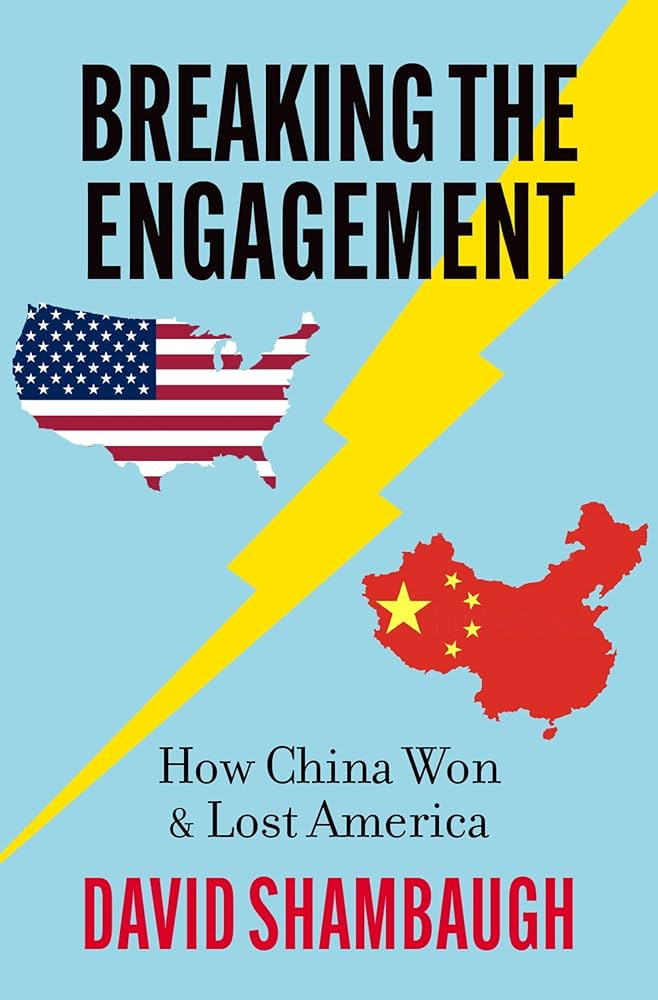“When the facts change, I change my mind—what do you do, Sir?”
This famous John Maynard Keynes quote opens the fifth chapter of David Shambaugh’s new book, Breaking the Engagement: How China Won & Lost America, but in many ways it sums up the central theme for the entire book. Shambaugh’s subject is the recent, and continuing, sea change in the US-China bilateral relationship, which has included the historic transformation of a fifty-year-old US foreign policy of building closer ties with China.
As Shambaugh describes, American interest in developing a relationship with China dates to the latter years of the Chinese empire, and it grew after the 1911 revolution that established the Republic of China. After the Communists took power in Beijing in 1949, Dean Acheson’s State Department wanted to establish diplomatic relations with the new People’s Republic of China, but theirs was a minority position inside Washington; that option was closed off by the outbreak of the Korean War in the summer of 1950. Lack of US domestic political support and international political conflict over Taiwan, and then Vietnam, kept the US and Chinese governments apart in the 1950s and 1960s, though contact was made as needed through their respective embassies in Poland.
Kissinger’s and Nixon’s trips to China in 1971–72 restored official government interaction, and the diplomatic relationship was fully normalized in 1979, inaugurating what Shambaugh calls “the period of ‘high engagement’” that lasted until 2016. There were challenges to the bilateral relationship during the era of engagement, and some moments—such as the aftermath of the Tiananmen Square crackdown—were deeply fraught. Each US administration brought its own nuances to engagement with China. During Obama’s presidency, however, serious fissures began appearing between the two governments. The first Trump administration abandoned engagement entirely—starting as early as the spring of 2017—in favor of “competition.”
Anyone interested in world politics or American politics will sooner or later encounter the question of how and why this transformation is taking place. Here, Shambaugh offers his answer: The facts have changed. He presents two guiding questions, or “puzzles,” up front, and they are perhaps two of the most important questions guiding US policy moving forward. First, what explains the apparent instability in the US-China relationship over the long term? Second, what explains the recent collapse in support inside the United States for “engagement with China”? The two are intimately related. He points out that there has been a cycle “regularly back and forth from amity to enmity over many decades and centuries.” The current fraught moment is a microcosm of this longer-term trend. The tensions expressed in the short term must have long-term roots.
